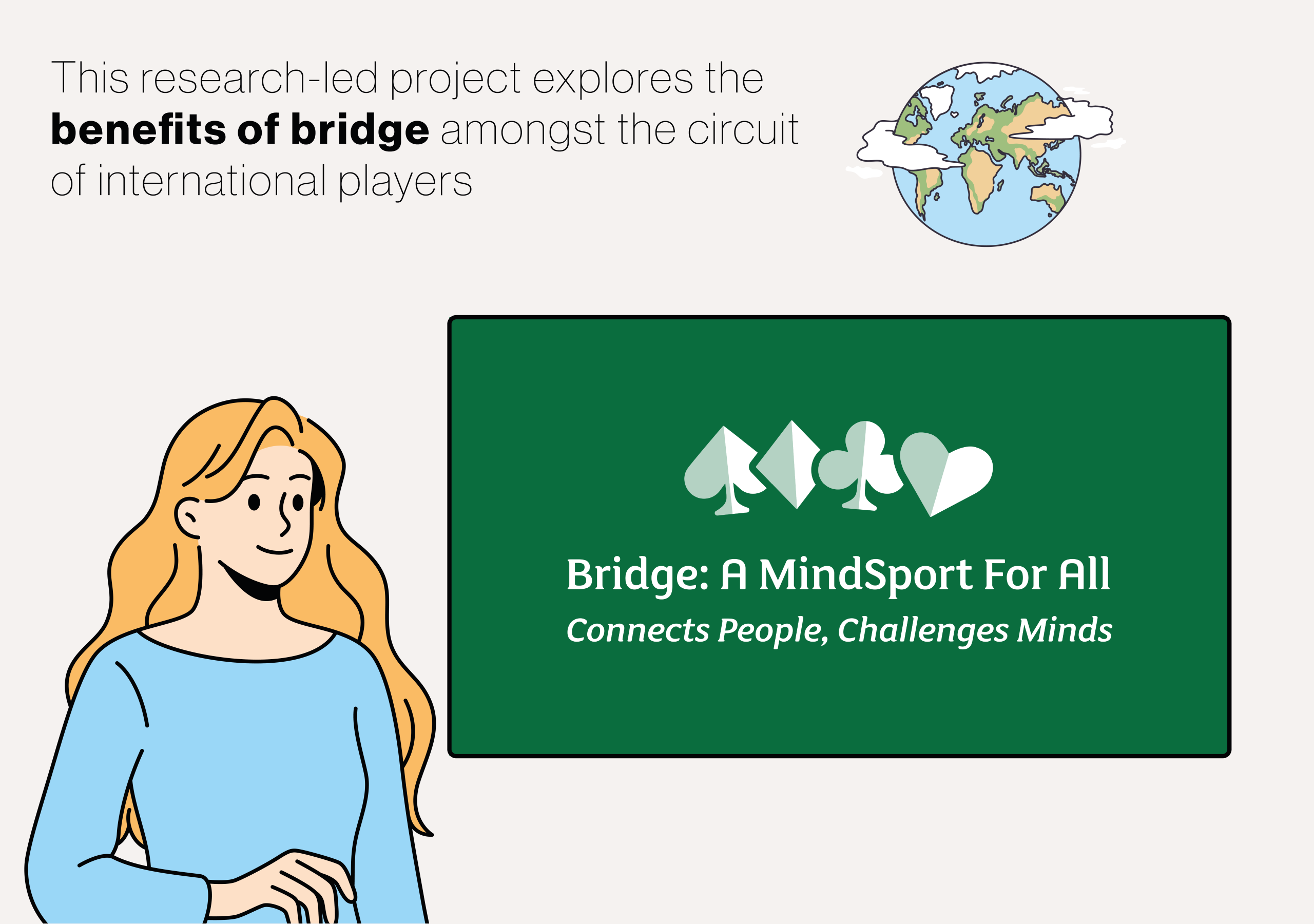Performing at your best when it matters most is something a lot of people struggle with. You can prepare for days, even weeks, but the moment you step on stage, walk into an interview, or face a big audience, things shift. Suddenly, what felt solid in practice starts to slip. I’m Dr. Oksana Komarenko. I teach at Ball State University, and I’m also an opera singer. I know what it’s like to face high-pressure moments. During my first major solo recital, my hands started shaking so badly I could barely control them. Everything I had rehearsed felt just out of reach. And I’m not the only one. Research shows that over 77 percent of performers experience the same thing when the pressure is on. More
Today, I’ll share research-backed strategies from music, sports and the classroom that can help anyone perform at their best when it matters most. When performing under pressure, our minds and bodies can work against us in two surprising ways. First, pressure triggers worry. We start thinking about what could go wrong: what if I mess up, what if I forget what I’m supposed to do? These thoughts take up mental space we need for the task itself. Instead of focusing on what we need to do, we’re stuck worrying about what might happen if we fail. Our attention gets divided at exactly the moment we need it to be sharp and focused.
But here’s the more unexpected part: pressure doesn’t just make us distracted, it can also make us too careful. Instead of letting our practiced skills take over, we start micromanaging our own actions. A musician who usually plays a passage with ease might suddenly start thinking about finger placement and lose the flow. A basketball player might focus on their elbow angle and miss a shot they’ve made hundreds of times. When skilled performers start thinking about how they’re doing what they do, they disrupt the very automaticity that makes them successful. Ironically, the harder they try to do it right, the more likely they are to get in their own way.
So how can we stop pressure from getting in the way? In a recent paper, I argue that performers can use practical strategies to manage these moments, rather than just hoping nerves won’t show up.
The first strategy I recommend is to practice with variability. That means switching things up: practice in different rooms, at different times of day, using different techniques or approaches. Why does this help? Because variability forces your brain to build flexible, adaptable pathways to your skills. Psychologists have found that when you change up your practice conditions, you’re not just rehearsing what you do, you’re learning how to access those skills in different situations. In fact, research shows that performers who train this way can see gains equivalent to several extra weeks of practice, compared to those who always rehearse the same way. It’s like giving your brain a backup plan when the usual one gets shaken by pressure.
So, what does this mean for you? Let’s say you’re preparing for a job interview. Instead of memorizing polished answers or rehearsing the same script over and over, try approaching the questions from different angles. For example, ask yourself how you’d answer if the question came from a skeptical interviewer, a curious peer, or someone totally new to your field. You might also try rephrasing the question in your own words or thinking about what kind of story or experience best captures your strengths in different situations.
My second recommendation is to try to mimic the conditions under which you will perform. Just as athletes train under conditions that mimic real competition, you can prepare by creating scenarios that feel like the real thing.
I once worked with a student named Maya who was dreading her upcoming audition. Instead of just running through her piece repeatedly, we made her practice in simulated stressful situations. I video-recorded her singing, asked her to perform under bright lights, and even play in front of a small audience that occasionally coughed or shuffled their feet. By the time her actual audition arrived, it felt routine rather than overwhelming. Preparing for high-pressure situations isn’t just about practicing more but about practicing under simulated high-pressure situations.
My third recommendation is to develop personal and group rituals. Rituals can help anchor you in something familiar, something you’ve practiced during calm, low-stress moments. This can give you a sense of stability when everything else feels uncertain.
Many performers use rituals, such as breathing exercises, stretching, or repeating affirmations, to shift their attention away from anxiety and toward something steady. Studies have shown that rituals, even when seemingly arbitrary, can reduce anxiety and increase confidence.
Many of the music students I speak with mention that they talk to their violin, encouraging it to play well for them, or will wear a lucky charm. Athletes often engage in similar rituals, such as bouncing a ball a set number of times before serving in tennis. These rituals might not have any magical power, but what matters is that they’ve been practiced in calm, safe moments. When the pressure hits, your body and mind recognize the ritual and return to that more grounded state.
Rituals don’t always have to be performed alone. They can also be shared. Rituals can be performed with a group together before stepping into a challenge. These group rituals don’t necessarily reduce anxiety. Instead, they serve an important purpose: they create a sense of connection. In moments of high pressure, that feeling of unity can be just as grounding as anything you do on your own.
Picture a sports team huddling up before a game, arms locked, voices unified in a chant. The ritual doesn’t change how hard the game will be, but it creates a feeling of shared strength. That bond helps each player feel less alone in the pressure.
If your team is gearing up for a big presentation, try creating a simple ritual together. A team chant, synchronized movements, or shared pre-performance routine. For example, a team leader, can call: “Clear mind, full hearts…” And wait for your team to respond with: “Can’t lose!”
It doesn’t matter what the words are. What matters is the shared rhythm, the collective focus, and the reminder that you’re in it together. That brief moment of unity can help shift the spotlight from individual pressure to group support, and sometimes, that’s exactly what gives you the courage to move forward.
The fourth strategy is about what to do when your body starts reacting to pressure. Your heart races, your hands get sweaty, and your stomach tightens. Most of us try to calm those feelings down or push them away. But there’s another approach that works surprisingly well. Instead of fighting those sensations, you can choose how to interpret them.
What if a fast heartbeat meant you were ready rather than afraid? What if sweaty palms were just your body’s way of getting you into gear? This shift in mindset is known as arousal reappraisal. Research shows that when people see their physical stress responses as helpful rather than harmful, they tend to perform better in tough situations. This has been shown in public speaking, sports, and academic testing.
Think about a student who gets nervous before an exam. Instead of thinking, “I must not be ready,” they can tell themselves, “This feeling means I care about doing well, and my body is getting ready to help me succeed.” By reframing anxiety as a performance-enhancing mechanism rather than a hindrance, individuals can channel that energy productively and redirect their focus toward executing their task with confidence and clarity.
The next time you feel those pre-performance butterflies, try saying aloud: “This feeling is not a problem. It’s part of doing something that matters.” “Adrenaline is not the enemy. It’s fuel, and I can put it to work.”
Ultimately, when we care about what we do, pressure will come. It always does. Don’t wait for it to vanish. It won’t. Practice in still rooms and loud ones. Change the time, change the space. Let your body learn the shape of the task from every angle.
Hold to the small rituals that you’ve chosen. A breath. A phrase. A shared word with your team. Don’t call the nerves a warning. Call them what they are. Movement. Readiness. The body keeping pace with the moment.
You won’t stop the weight. But you can carry it. You can move with it.
That’s how you stay steady. That’s how you keep going.







